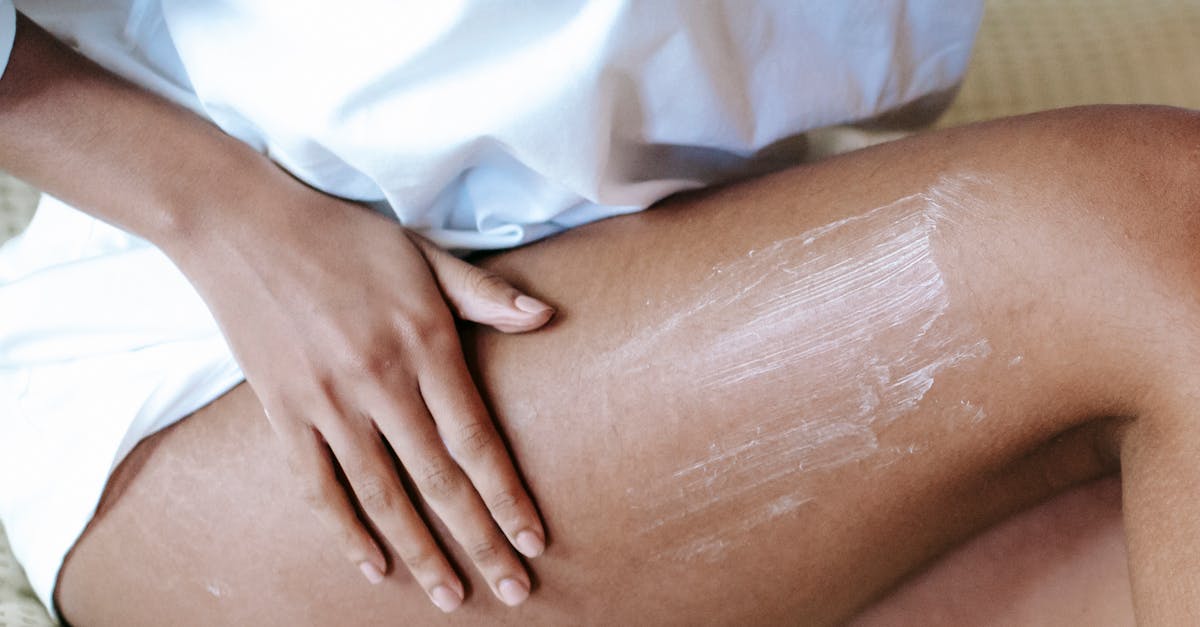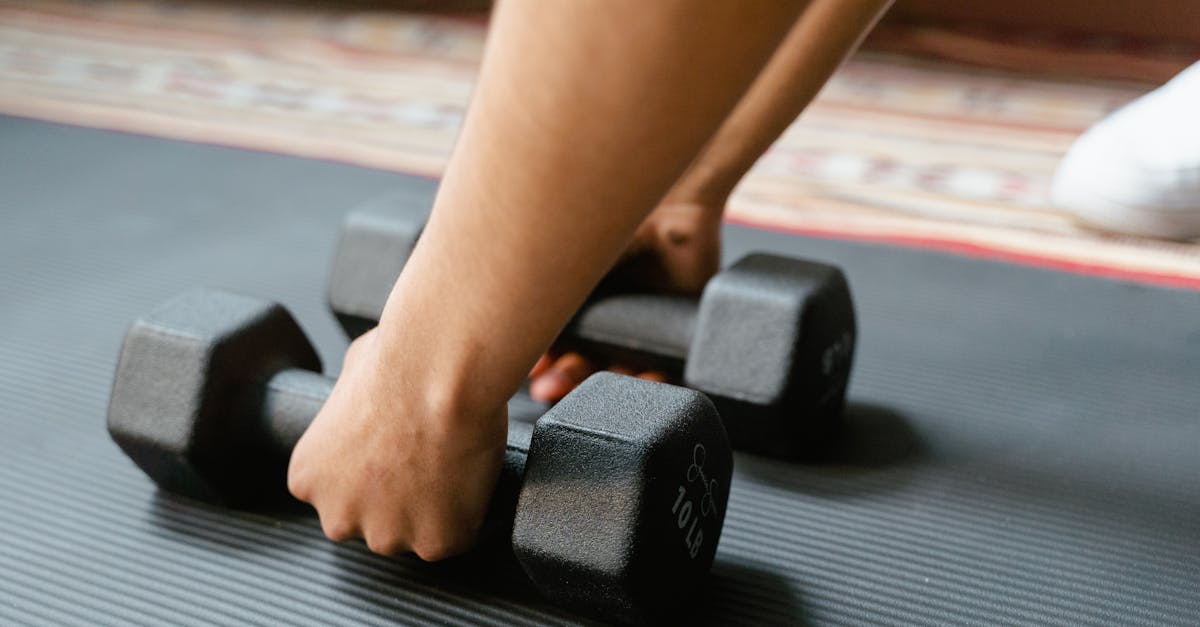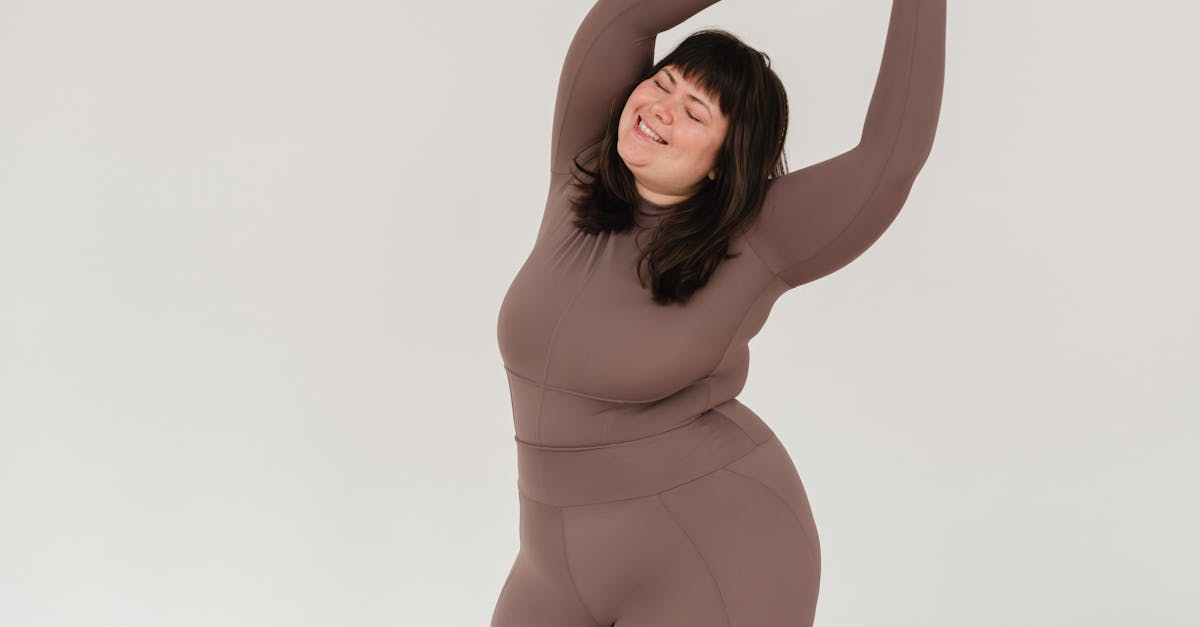Hip Flexor Exercises After Hip Replacement: Building Strength and Mobility
Empowering Recovery: The Essential Guide to Hip Flexor Exercises After Hip Replacement

Regaining Mobility and Strength: Essential Hip Flexor Exercises After Hip Replacement
Undergoing hip replacement surgery can significantly impact hip function, often weakening or stiffening the hip flexor muscles. These muscles play a pivotal role in lifting the knee towards the chest, a crucial movement for everyday activities. Fortunately, targeted exercises can effectively strengthen and improve the mobility of hip flexors, leading to enhanced hip function and overall well-being.**
Importance of Hip Flexors and Exercises
Hip flexors, located in the front of the hip, facilitate hip flexion, allowing us to lift our knees. After hip replacement surgery, these muscles may be weakened or stiff, hindering mobility and functionality. Strengthening hip flexors is essential for regaining optimal hip function, reducing pain, and improving quality of life. This article provides a comprehensive guide to exercises designed to strengthen and enhance the mobility of hip flexors after hip replacement surgery. Incorporating these exercises into your rehabilitation regimen, under the guidance of a healthcare professional, can significantly improve hip function and overall well-being.**
Understanding the Types of Exercises
This article categorizes exercises into two main types: those focused on strengthening hip flexors and those aimed at improving their mobility. Strengthening exercises, such as heel slides, straight leg raises, and knee-to-chest stretches, target the hip flexors directly, increasing their strength and power. Mobility exercises, like the standing hip flexor stretch and seated hip flexor stretch, focus on enhancing the range of motion, flexibility, and elasticity of the hip flexors.**
1. Understanding Hip Flexors and Their Importance
Understanding Hip Flexors and Their Importance
1. Definition and Function
Hip flexors are a group of muscles located in the front of the hip that work together to lift the knee towards the chest, a movement known as hip flexion. This action is essential for various everyday activities, such as walking, running, and climbing stairs. The primary hip flexor muscles include the iliopsoas, rectus femoris, and sartorius.
2. Weakening and Stiffening After Hip Replacement
Hip replacement surgery involves removing the damaged hip joint and replacing it with an artificial joint. While this surgery can significantly improve hip function, it can also impact the hip flexor muscles. During the surgery, the hip flexor muscles may be weakened or even detached from the hip joint. Additionally, post-surgery swelling and pain can further limit hip flexor mobility and strength.
3. Importance of Strengthening Hip Flexors
Strengthening the hip flexors after hip replacement surgery is crucial for several reasons. First, it helps to restore the range of motion and flexibility in the hip joint. Strong hip flexors allow for easier movement and reduce the risk of stiffness and pain. Secondly, strengthening these muscles improves hip stability and balance, which is essential for activities like walking and climbing stairs. Finally, strong hip flexors can help to protect the new hip joint from excessive stress and strain.
In summary, hip flexors play a vital role in hip function and mobility. After hip replacement surgery, these muscles may be weakened or stiff, limiting movement and functionality. Strengthening the hip flexors through targeted exercises is essential for restoring optimal hip function and improving overall quality of life.**
2. Exercises to Strengthen Hip Flexors

Exercises to Strengthen Hip Flexors
1. Heel Slides
Heel slides are a gentle yet effective exercise that targets the hip flexors and helps improve their flexibility. To perform this exercise, lie on your back with your knees bent and your feet flat on the floor. Slowly slide one heel towards your buttocks while keeping your knee straight. Hold the position for a few seconds, then slowly return to the starting position. Repeat with the other leg. Aim for 10-15 repetitions on each side.
2. Straight Leg Raises
Straight leg raises are another excellent exercise for strengthening the hip flexors. Lie on your back with your legs extended and your feet flexed. Slowly lift one leg straight up, keeping your knee straight throughout the movement. Hold the position for a few seconds, then slowly lower your leg back down. Repeat with the other leg. Aim for 10-15 repetitions on each side.
3. Knee-to-Chest Stretches
Knee-to-chest stretches gently stretch the hip flexors, improving their flexibility and range of motion. To perform this exercise, lie on your back with your knees bent and your feet flat on the floor. Bring one knee towards your chest and wrap your hands around your shin. Gently pull your knee towards your chest until you feel a stretch in your hip flexors. Hold the position for 30 seconds, then slowly lower your leg back down. Repeat with the other leg. Aim for 2-3 repetitions on each side.
These are just a few examples of exercises that can help to strengthen the hip flexors after hip replacement surgery. It is important to start slowly and gradually increase the intensity and duration of your exercises as you progress. Always consult with your healthcare professional or physical therapist before starting any new exercise program.**
Heel Slides
Heel Slides
Heel slides are a simple yet effective exercise that targets the hip flexors and helps to improve their flexibility. This exercise is particularly beneficial after hip replacement surgery, as it can help to restore range of motion and reduce stiffness in the hip joint.
How to Perform Heel Slides:
- Lie on your back with your knees bent and your feet flat on the floor.
- Slowly slide one heel towards your buttocks while keeping your knee straight.
- Hold the position for a few seconds, then slowly return to the starting position.
- Repeat with the other leg.
Tips: * Keep your knee straight throughout the movement. * Do not overextend your knee or push yourself too far. * If you feel any pain, stop the exercise and consult with your healthcare professional.
Benefits of Heel Slides:
- Improves hip flexor flexibility
- Restores range of motion in the hip joint
- Reduces stiffness after hip replacement surgery
- Can help to improve overall hip function
Heel slides are a safe and effective exercise that can be easily incorporated into a rehabilitation program after hip replacement surgery. By performing this exercise regularly, you can help to improve your hip flexor flexibility and range of motion, which can lead to better overall hip function.
Straight Leg Raises
Straight Leg Raises
Straight leg raises are an effective exercise for strengthening the hip flexors by isolating their action. This exercise is particularly beneficial after hip replacement surgery, as it can help to restore strength and range of motion in the hip joint.
How to Perform Straight Leg Raises:
- Lie on your back with your legs extended and your feet flexed.
- Slowly lift one leg straight up, keeping your knee straight throughout the movement.
- Hold the position for a few seconds, then slowly lower your leg back down.
- Repeat with the other leg.
Tips: * Keep your lower back pressed against the floor throughout the movement. * Do not overextend your hip or push yourself too far. * If you feel any pain, stop the exercise and consult with your healthcare professional.
Benefits of Straight Leg Raises:
- Strengthens the hip flexors
- Restores range of motion in the hip joint
- Improves hip stability
- Can help to reduce pain and stiffness after hip replacement surgery
Straight leg raises are a safe and effective exercise that can be easily incorporated into a rehabilitation program after hip replacement surgery. By performing this exercise regularly, you can help to strengthen your hip flexors, restore range of motion in your hip joint, and improve your overall hip function.
Knee-to-Chest Stretches
Knee-to-Chest Stretches
Knee-to-chest stretches are a gentle and effective way to stretch the hip flexors, improving their flexibility and range of motion. This exercise is particularly beneficial after hip replacement surgery, as it can help to reduce stiffness and improve mobility in the hip joint.
How to Perform Knee-to-Chest Stretches:
- Lie on your back with your knees bent and your feet flat on the floor.
- Bring one knee towards your chest and wrap your hands around your shin.
- Gently pull your knee towards your chest until you feel a stretch in your hip flexors.
- Hold the position for 30 seconds, then slowly lower your leg back down.
- Repeat with the other leg.
Tips: * Keep your lower back pressed against the floor throughout the movement. * Do not overstretch or push yourself too far. * If you feel any pain, stop the exercise and consult with your healthcare professional.
Benefits of Knee-to-Chest Stretches:
- Improves hip flexor flexibility
- Increases range of motion in the hip joint
- Reduces stiffness after hip replacement surgery
- Can help to improve overall hip function
Knee-to-chest stretches are a safe and effective exercise that can be easily incorporated into a rehabilitation program after hip replacement surgery. By performing this exercise regularly, you can help to improve your hip flexor flexibility, range of motion, and overall hip function.
3. Exercises to Improve Hip Flexor Mobility
Exercises to Improve Hip Flexor Mobility
In addition to strengthening the hip flexors, improving their mobility is crucial for maintaining a healthy range of motion in the hip joint. This section introduces exercises that specifically target the flexibility of the hip flexors, enhancing overall hip function.
1. Standing Hip Flexor Stretch The standing hip flexor stretch effectively targets the hip flexors by placing the body in a position that encourages deep stretching. To perform this stretch: 1. Stand with your feet shoulder-width apart. 2. Lunge forward with one leg, keeping your back straight. 3. Hold the position for 30 seconds, feeling the stretch in your hip flexors. 4. Repeat with the other leg.
2. Seated Hip Flexor Stretch The seated hip flexor stretch is a variation that can be performed while sitting on a chair. This stretch is particularly beneficial for those with limited mobility or who find the standing hip flexor stretch too challenging. To perform this stretch: 1. Sit upright on a chair with your feet flat on the floor. 2. Extend one leg forward, keeping your knee straight. 3. Reach towards your toes, feeling the stretch in your hip flexors. 4. Hold the position for 30 seconds, then slowly lower your leg back down. 5. Repeat with the other leg.
Incorporating these exercises into a regular routine can help to improve hip flexor mobility, increase range of motion, and reduce stiffness. Regular stretching can also help to prevent hip flexor injuries and improve overall hip function.
Standing Hip Flexor Stretch
Standing Hip Flexor Stretch
The standing hip flexor stretch is an effective exercise for improving hip flexor mobility and range of motion. This stretch is particularly beneficial after hip replacement surgery, as it can help to reduce stiffness and improve flexibility in the hip joint.
How to Perform the Standing Hip Flexor Stretch:
- Stand with your feet shoulder-width apart.
- Step forward with one leg and bend your knee so that your thigh is parallel to the floor.
- Keep your back straight and your heel on the ground.
- Hold the position for 30 seconds, feeling the stretch in your hip flexors.
- Return to the starting position and repeat with the other leg.
Tips:
- Keep your core engaged throughout the stretch.
- Do not overstretch or push yourself too far.
- If you feel any pain, stop the stretch and consult with your healthcare professional.
Benefits of the Standing Hip Flexor Stretch:
- Improves hip flexor flexibility
- Increases range of motion in the hip joint
- Reduces stiffness after hip replacement surgery
- Helps to prevent hip flexor injuries
Incorporating the standing hip flexor stretch into a regular routine can help to improve hip flexor mobility, range of motion, and overall hip function.
Seated Hip Flexor Stretch
Seated Hip Flexor Stretch
The seated hip flexor stretch is a variation of the standing hip flexor stretch that can be performed while sitting on a chair. This stretch is particularly beneficial for those with limited mobility or who find the standing hip flexor stretch too challenging.
How to Perform the Seated Hip Flexor Stretch:
- Sit upright on a chair with your feet flat on the floor.
- Extend one leg forward, keeping your knee straight.
- Reach towards your toes, feeling the stretch in your hip flexors.
- Hold the position for 30 seconds, then slowly lower your leg back down.
- Repeat with the other leg.
Tips:
- Keep your core engaged throughout the stretch.
- Do not overstretch or push yourself too far.
- If you feel any pain, stop the stretch and consult with your healthcare professional.
Benefits of the Seated Hip Flexor Stretch:
- Improves hip flexor flexibility
- Increases range of motion in the hip joint
- Reduces stiffness after hip replacement surgery
- Helps to prevent hip flexor injuries
Incorporating the seated hip flexor stretch into a regular routine can help to improve hip flexor mobility, range of motion, and overall hip function.
4. Tips for Performing Exercises Safely

Tips for Performing Exercises Safely
Performing hip flexor exercises safely and effectively is crucial for maximizing their benefits and minimizing risks, especially after hip replacement surgery. Here are some essential tips to keep in mind:
- Start slowly and gradually increase the intensity and duration of your exercises as you progress. Overdoing it too soon can lead to pain, stiffness, and setbacks in your recovery.
- Listen to your body and stop if you feel any pain. Pushing through pain can worsen an injury.
- Use proper form and technique. Incorrect form can put unnecessary stress on your hip joint and increase the risk of injury.
- Warm up before exercising and cool down afterward. Warming up prepares your muscles for exercise, and cooling down helps to reduce muscle soreness and stiffness.
- Avoid exercises that cause pain or discomfort. If an exercise hurts, stop doing it and consult with your healthcare professional.
- Be patient and consistent with your exercises. It takes time to build strength and flexibility, so don’t get discouraged if you don’t see results immediately.
Following these tips can help you to perform hip flexor exercises safely and effectively, maximizing their benefits and promoting a successful recovery after hip replacement surgery.
5. Conclusion
Conclusion
Hip flexor exercises play a vital role in restoring strength and mobility after hip replacement surgery. By incorporating these exercises into your rehabilitation regimen, under the guidance of a healthcare professional, you can significantly improve hip function, reduce pain, and enhance your overall quality of life.
Hip flexor exercises can effectively strengthen these muscles, improving your ability to lift your knee towards your chest. Additionally, exercises that target hip flexor mobility can help to increase your range of motion and reduce stiffness. By performing these exercises regularly, you can regain optimal hip function and mobility.
Remember to consult with your healthcare professional to tailor the exercises to your specific needs and progress. They can help you determine the appropriate intensity and duration of your exercises, ensuring a safe and effective recovery. With dedication and consistency, hip flexor exercises can empower you to regain your mobility, reduce pain, and live a more active and fulfilling life after hip replacement surgery.**
Quiz
1. Which of the following is NOT a beneficiof strengthening hip flexors after hip replacement surgery?
- (A) Improved range of motion
- (B) Reduced pain
- (C) Increased risk of falls
- (D) Enhanced hip stability
2. True or False: Heel slides are an advanced exercise that should be performed only after mastering more basic hip flexor exercises.
- (A) True
- (B) False
3. Which of the following exercises is NOT recommended for improving hip flexor mobility?
- (A) Standing hip flexor stretch
- (B) Seated hip flexor stretch
- (C) Straight leg raises
- (D) Knee-to-chest stretches
4. True or False: It is important to listen to your body and stop if you feel any pain while performing hip flexor exercises.
- (A) True
- (B) False
Answer Key
- C
- B
- C
- A
